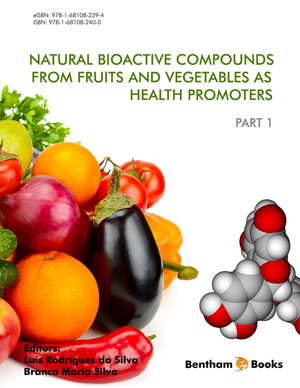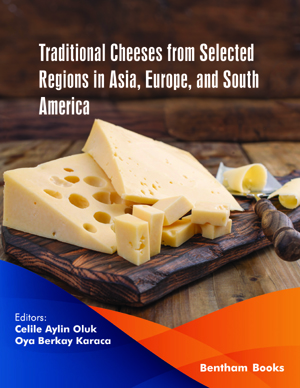Abstract
Ficus carica (L.), also known as fig, is a deciduous tree belonging to the Moraceae family, and was one of the first plants cultivated. Figs, F. carica fruits, are an important component of the Mediterranean diet and can be consumed either fresh or dried, or used for jam production. Notably, this fruit has a great economic importance in many countries, including Portugal, due to its nutritional value and medicinal properties. This botanical species is a good and low cost natural source of bioactive compounds, such as organic acids, phenolic compounds, minerals, amino acids, fibers and others. Several biological activities of F. carica have been reported illustrating a high beneficial health potential for this species. In this chapter, we will discuss the phytochemical composition, nutritional value and biological activities of F. carica, particularly the leaf, fruit and latex. The potential use of F. carica to prevent and treat a wide range of diseases will also be discussed. This natural product may be a promising candidate for the development of new nutraceuticals and food supplements. However, despite the advances in phytomedicine area, the molecular mechanisms by which fig derivatives contribute to health improvement remain largely unknown.
Keywords: Ficus carica, Fig, Organic acids, Phenolic compounds, Volatile compounds.



















